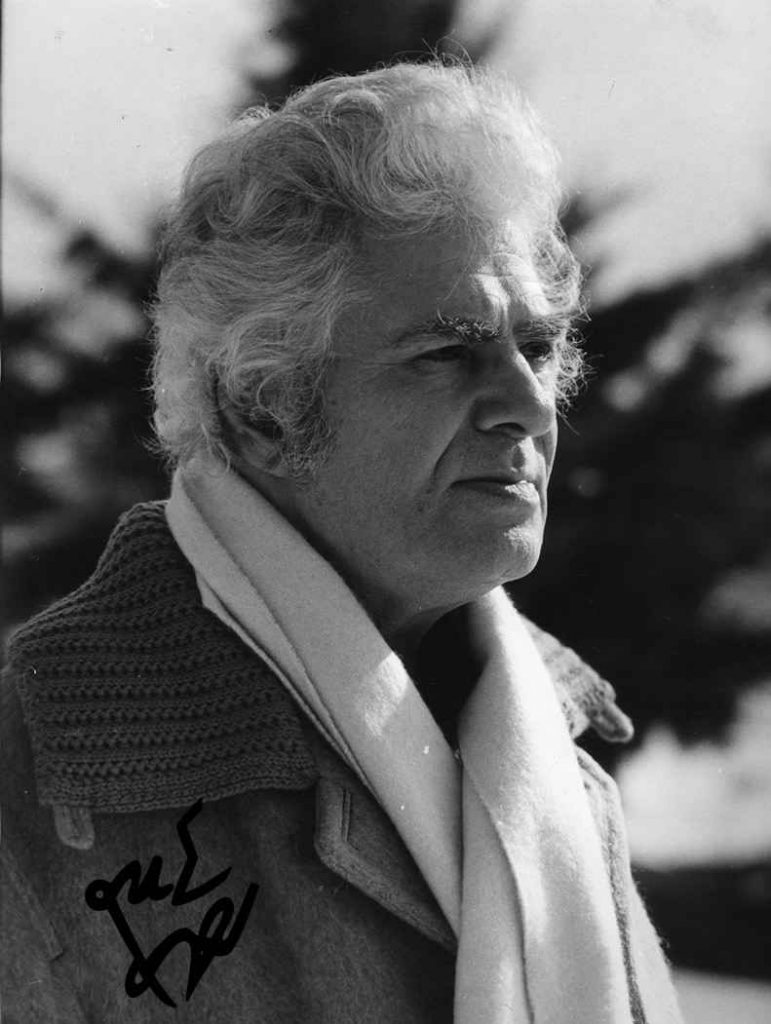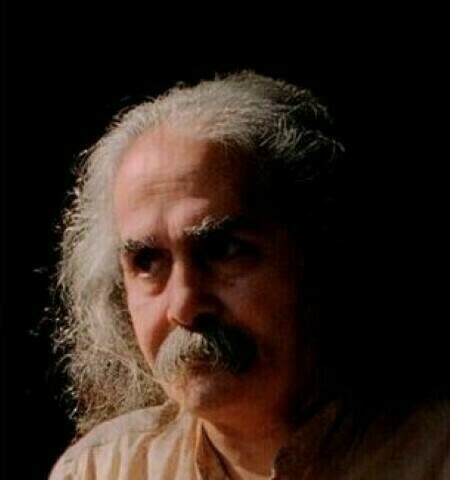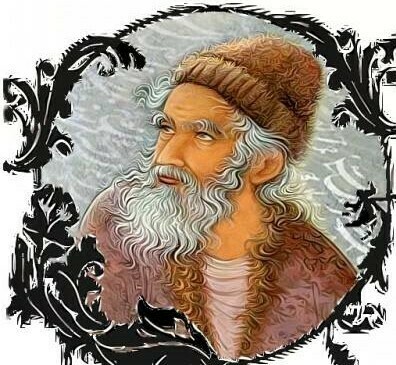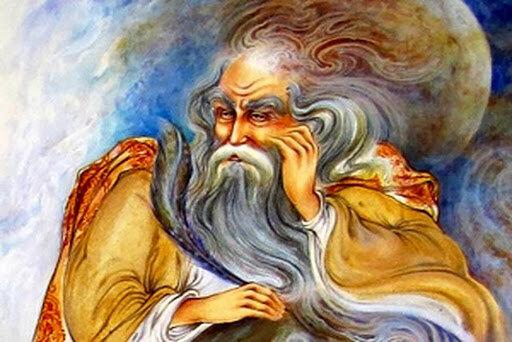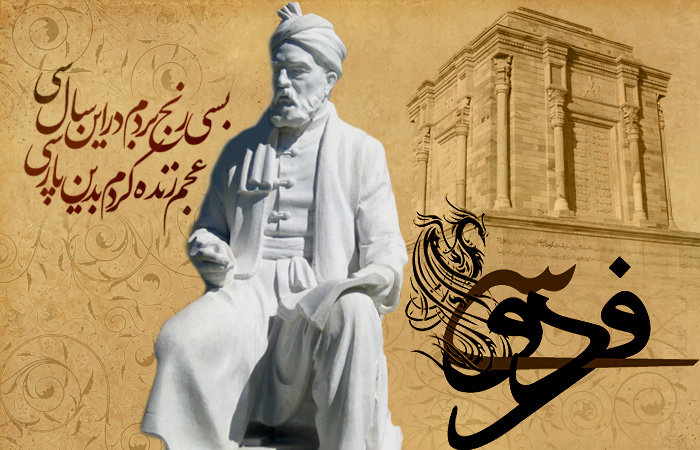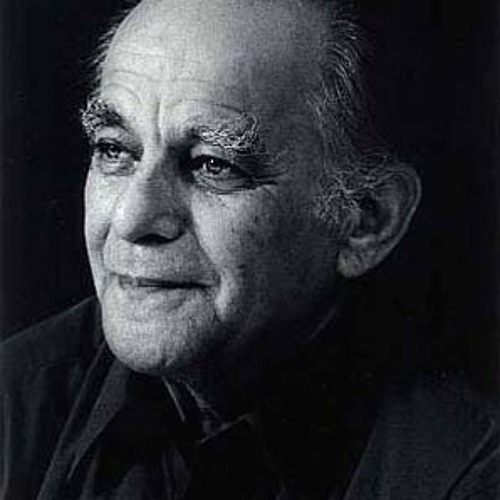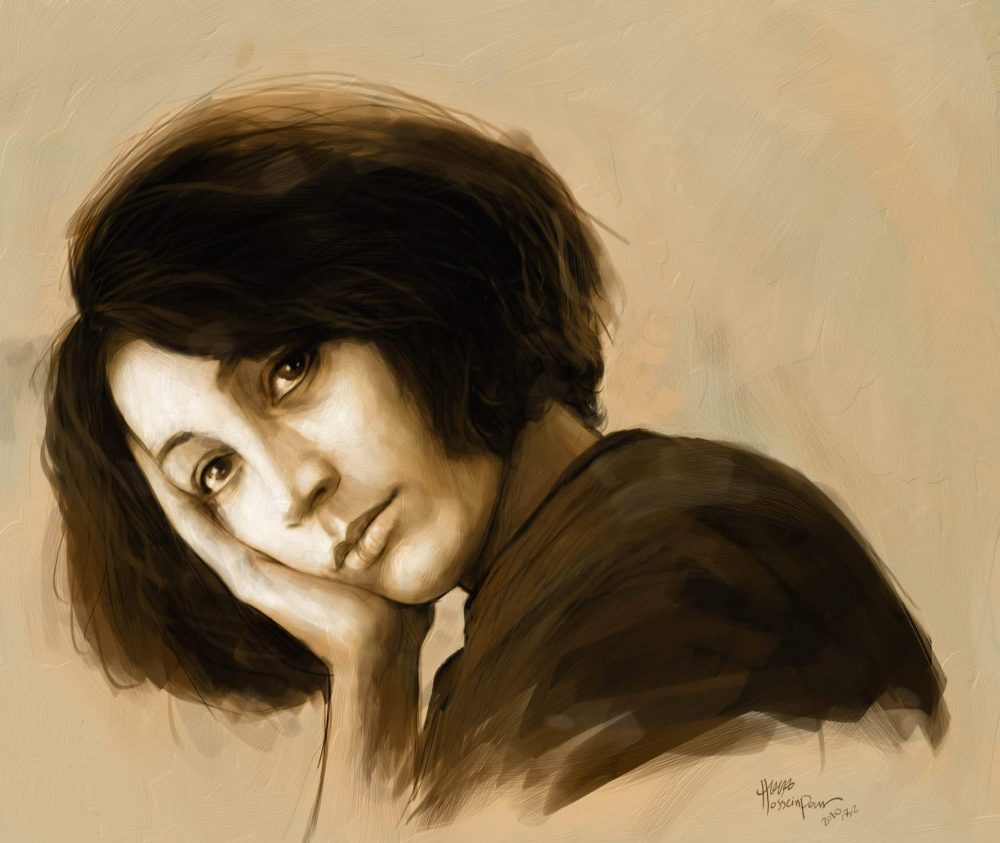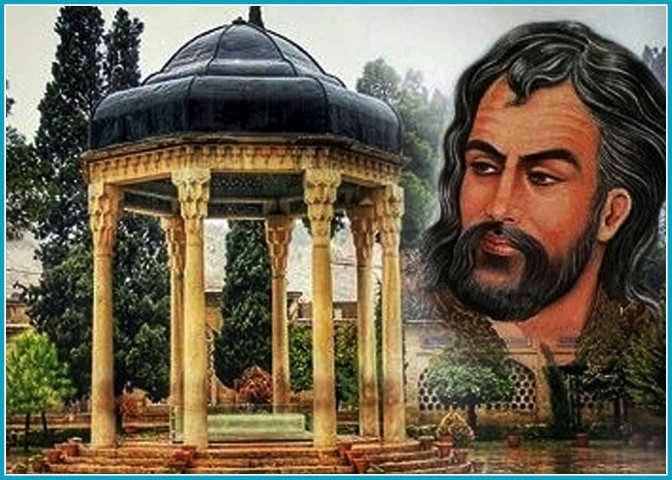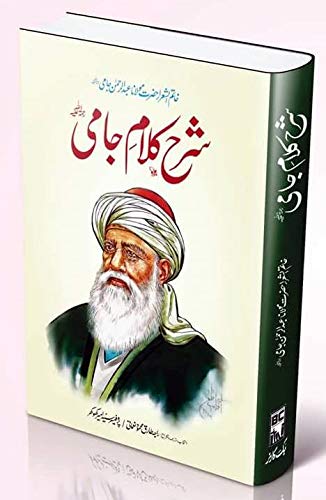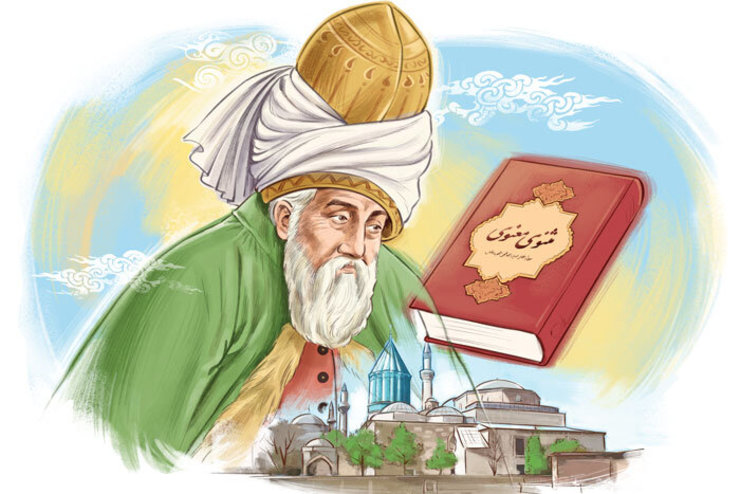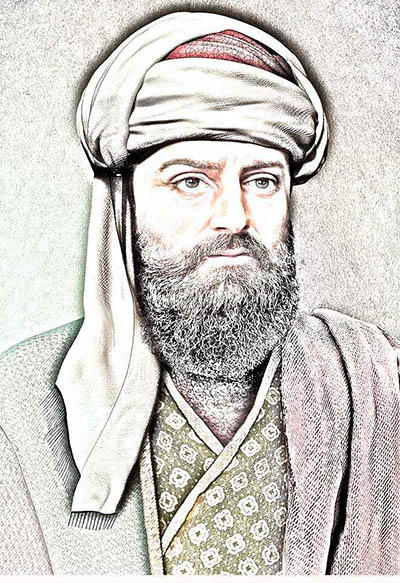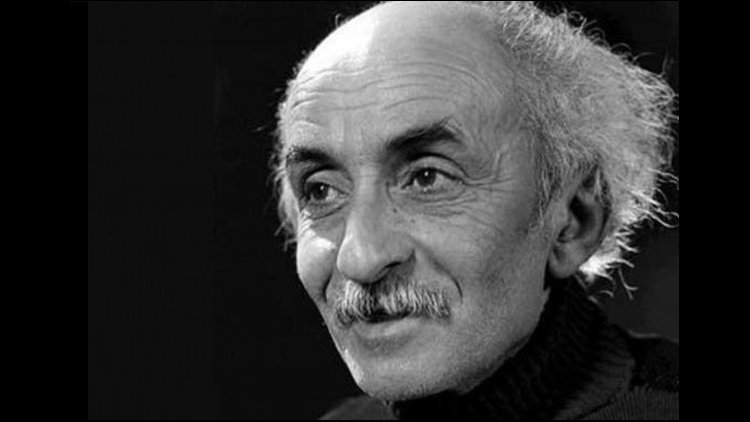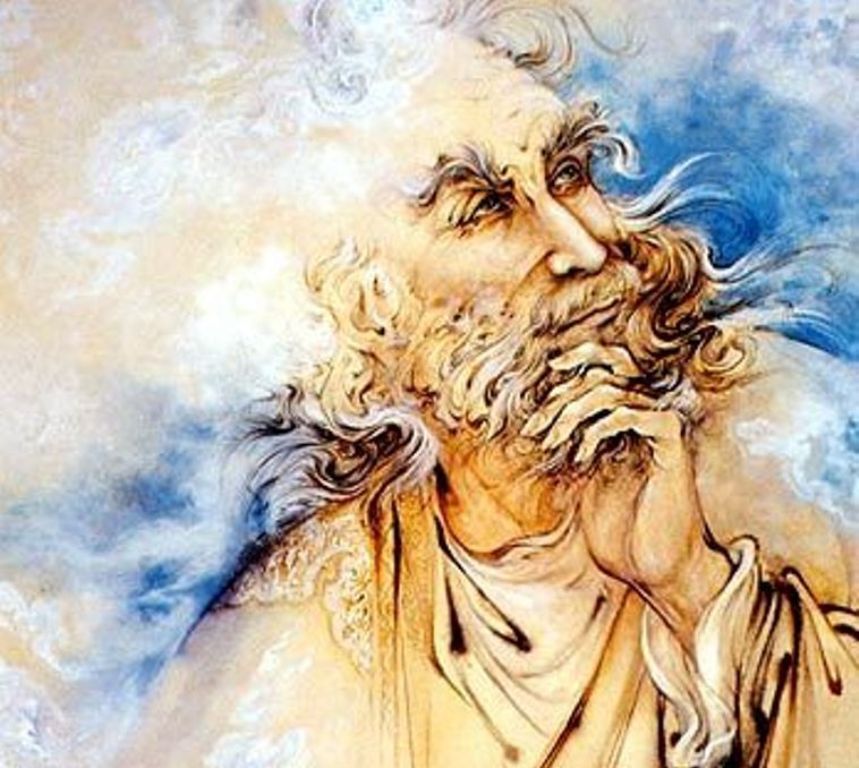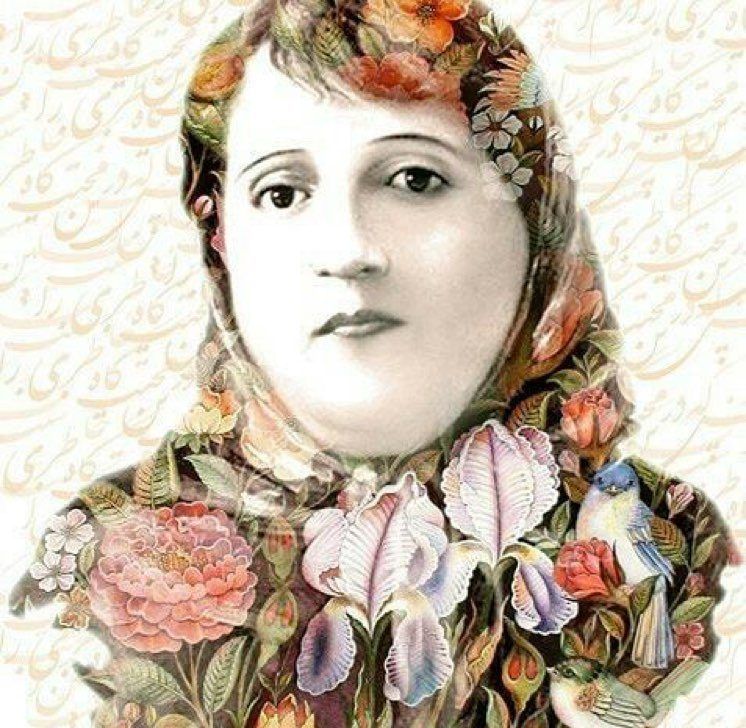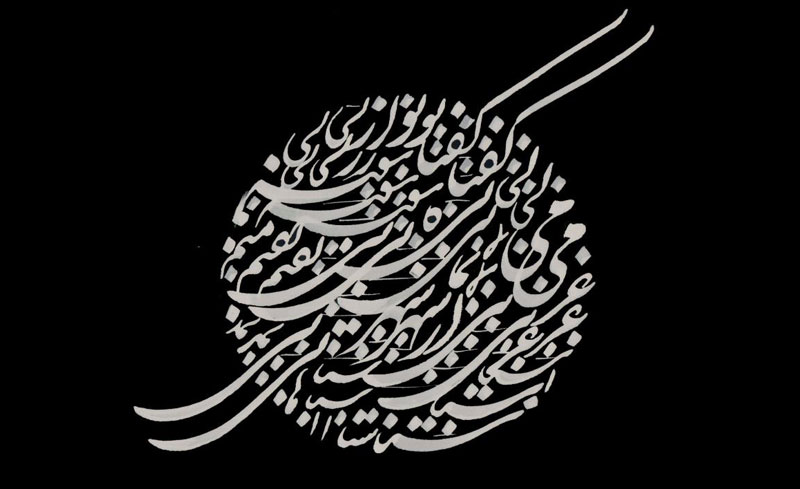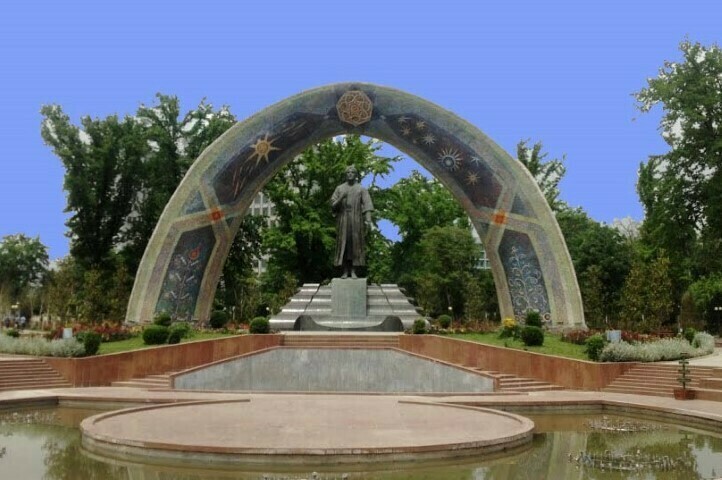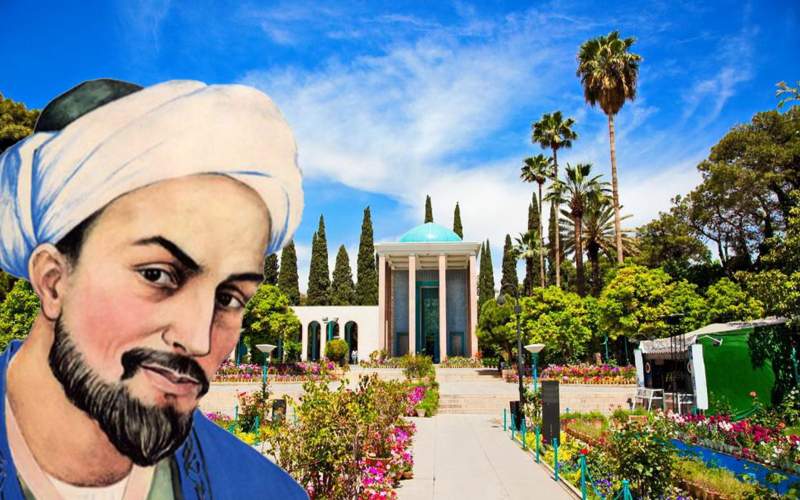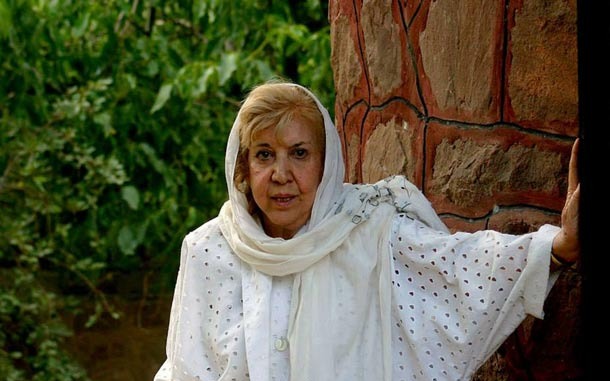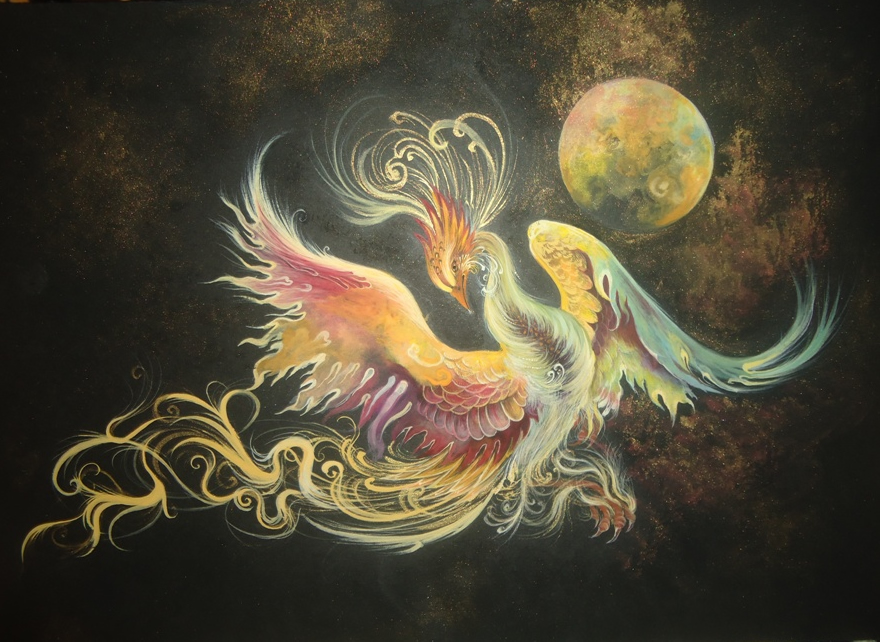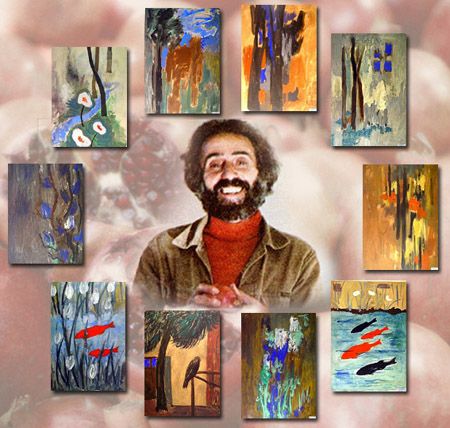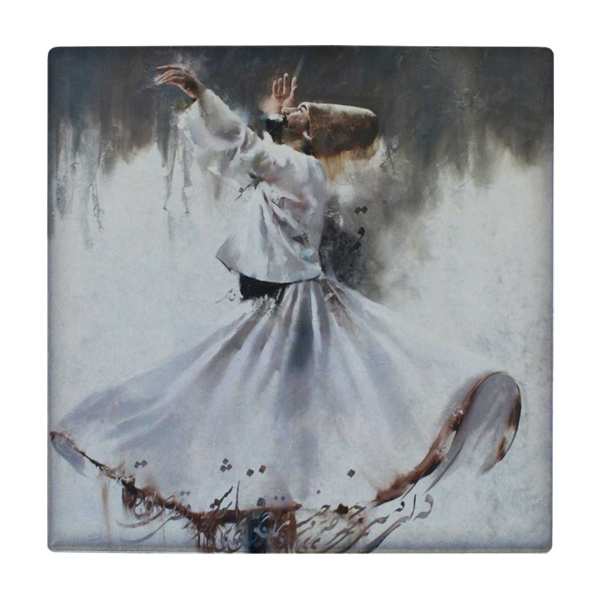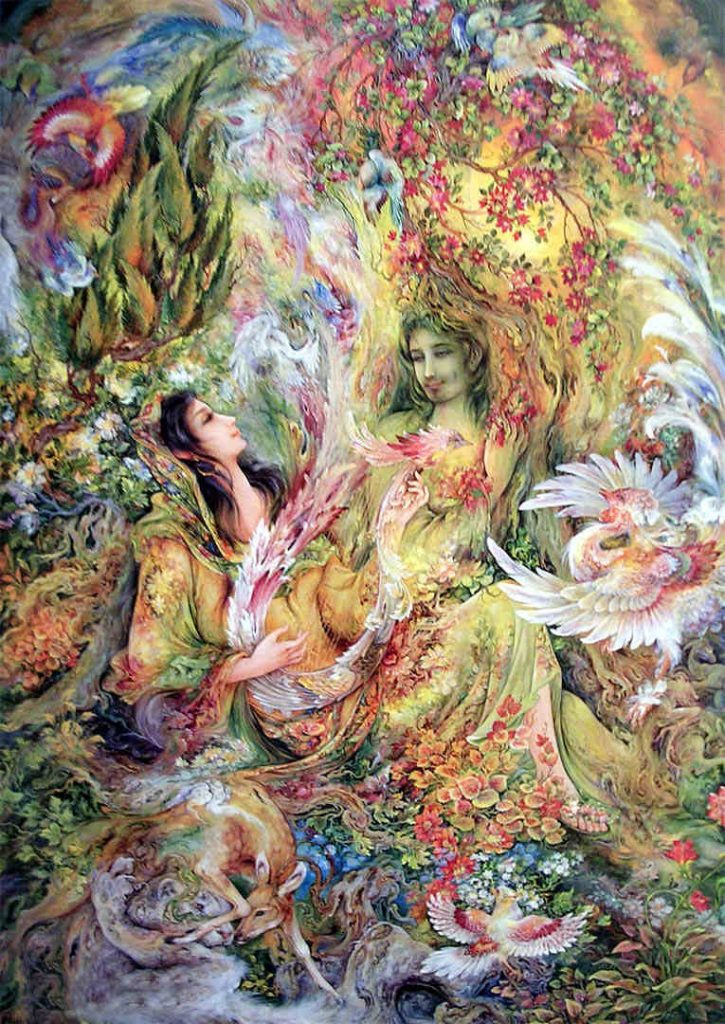Ahmad Shamlou
Ahmad Shamlou Shamlou, famous Iranian poet, was born on December 12, 1925 in Tehran. His father was an army officer from Kabul, Afghanistan. Indeed, Ahmad, having to follow his father, spent his early school years in different cities: Zahedan in southeastern Iran, Mashhad in the northeast, and Rasht in the north. In 1938, Shamlou left
Akhavan Sales
Mehdi Akhavan Sales He was born in 1928 in Mashhad, Khorasan province, where he completed his secondary education. In the early 1950s, he participated in the anti-government riots, common in Iran at the time, and was briefly jailed after the fall of the government of Dr. Mohammad Mosaddeq in 1953. His first collection of poems,
Baba Taher Oryan Hamadani
Baba Taher Oryan Hamadani According to one source, he died in 1019 AD. and, in the case of being reliable, Baba Taher was a contemporary of Ferdowsi and Avicenna and an immediate forerunner of Omar Khayyam. It is said that he lived to be 75 years old. It is claimed that he was a member
Farid al-Din Attar Nishapuri
Farid al-Din Attar Nishapuri He lived at a time when Sufism was widely practiced and the problems of metaphysics were the subject of active speculation. He lived almost 100 years and was killed by the Mongol invaders. His tomb is located in Nishapur, Iran. Various anecdotes have been told about Attar’s death, including being captured
Ferdowsi
Ferdowsi He was born in the province of Khorasan, in a village near Tus, in 935. He was responsible for the rebirth of Persian cultural traditions after the Arab conquest in the 7th century. In his lifetime, various medieval texts describe the lack of interest of the new ruler of Khorasan, Mahmud Gaznavida, in Ferdowsi
Fereydun Moshiri
Fereydun Moshiri He was born in Tehran in September 1926. His well-known family was known for their poetic legacy and, while his father held administrative positions, his school years were divided between Tehran and Mashhad. With the outbreak of World War II, his family moved to Tehran and the young Moshiri continued his studies at
Forugh Farrokhzad
Forugh Farrokhzad Born in Tehran in 1935, a time of great social change, the third daughter of seven children, Forugh studied art and soon turned to poetry. She went to school until the eighth grade, and then learned to paint and sew at an arts and crafts school for girls. At sixteen, she married Parviz
Hafez
Khajeh Shams od-Din Mohammad Hafez Shirazi He was born in 1319 in Shiraz, southwestern Iran. As a child, he had memorized the Qur’an by listening to his father’s recitations, which earned him the title Hafez (a title given to those who had memorized the Qur’an by heart). He had also memorized many works by his
Jami
Nur ad-Din Abd ar-Rahman Jami The son of Mowlana Nezam o-Din, Ahmad was born in Jam, a small town in Khorasan, in 1414. His nickname is Jami, which means “cup of wine” in Persian and Nur ad-Din means “Light of faith”. As a child, he learned Persian and Arabic from his father. He attended a
Mawlana
Jalal ad-Din Muhammad Rumi He was born in 1207 in Balkh, in the province of Great Khosrasan of Persia (present-day Afghanistan), into a Pharisee family. His father, Baha ad-Din, was a renowned religious scholar. Under his patronage, Rumi received his early education from Syed Burhan-al-Din. At the age of about 18, to avoid Mongol invasions,
Nezami
Nezami Ganjavi In 1141, he was born in Ganja, one of the ancient cultural centers of Azerbaijan and the capital of the Atabey state, which is part of the present Republic of Azerbaijan. It is the representative figure of the Eastern Renaissance. His first wife, Afaq, bore him an only son named Muhammad Afaq. When
Nima Yushij
Nima Yushij Nima Yushij (1897-1960), the first great poet of nimaic poetry, developed a poetic form that was later called new poetry or free verse to remove the restrictions of traditional rhyme and meter. Although he was not the only, or even the first, to attempt to modernize Persian poetry, he has been credited with
Omar Khayyam
Omar Khayyam He was a prominent Persian astronomer, mathematician, and poet. Being the court astronomer of the Seljuk Sultan of Persia, Omar reformed the Persian solar calendar, but his fame, especially among the Anglo-Saxons, in Europe and America, is due to his quatrains due to the English poetic adaptation of a selection of them made
Parvin Etesami
Parvin Etesami Born in Tabriz, she is a 20th century Iranian poet. From childhood, Parvin learned Persian, English and Arabic from her father. From an early age, she began composing poems under the supervision of her father and talented teachers such as Dehkhoda and Bahar. Persian and Arabic literature always amazed her and at the
Persian
Persian: the language spoken in Iran Indo-Iranian is one of the main branches of the linguistic family, whose speakers are one of the first Indo-European peoples integrated into history. One of the languages of this family has become the classical language of a culture as ancient and special as that of Iran. In the first
Rudaki
Rudaki Abdollah Jafar Ibn Mohammad Rudaki, founder of Perso-Tajik literature. Rudaki was born in 858 in the village of Pandj-Rudak, near Pandjikent, situated between Samarkand and Bukhara (in Transoxiana, Central Asia). From a young age he began to write verses, he liked to play the lute (chang in Persian) and had a beautiful voice. He
Saadi
Saadi Musleh al-Din Abdollah Saadi is one of the most recognized poets in Persian literature. His long life spanned the entire 13th century, considered the classical period of Persian lyric poetry, which historically coincides with the first Mongol invasions, begun in the autumn of 1219, which caused the fall of the Abbasid caliphate. The new
Simin Behbahani
Simin Behbahani Simin, an Iranian poet and writer, was born on June 20, 1927 in Tehran to literary parents. His father, Abbas Khalili, was a newspaper writer and editor, and his mother, Fakhr Ozma Arghun, was a teacher, writer and newspaper editor, as well as a gifted poet. Simin earned the nickname “Lioness of Iran”
Simorgh
Simorgh Simorghand Mount Qaf Attar, the great Iranian poet of the twelfth century, describes in The Language of the Birds the journey that these birds undertake in search of their king. Guided by the hoopoe, a bird rich in mythological associations that was Solomon’s companion and can avoid mirages and spot pools of water from
Sohrab Sepehri
Sohrab Sepehri Sohrab Sepehri (1928-1980), prominent Iranian poet and painter, was born in Kashan on October 7, 1928. The talented Iranian artist made his name and became notable with the publication of “Sound of the Passage of Water”, which marked a milestone in his poetic activity, to which two other volumes were added. In 1969,
Sufism
Sufism Sufism, desert and poetry in Iran The Persian mystical tradition assimilates the spiritual search to the crossing of the desert valleys. Sufism lists seven of these valleys: search, love, knowledge, detachment, unity with God, wonder, and annihilation. The road is dangerous. Asceticism in order to purify the soul; the denial of carnal passions; the
The Poetry and Classical Poets of Iran
The Poetry and Classical Poets of Iran Main forms and rhythmic patterns The ancient Persian language of the Achaemenid Empire, preserved in numerous cuneiform inscriptions, was an Indo-European language with strong affinities with Sanskrit and Avestan (the language of Zoroastrian sacred texts). After the fall of the Achaemenids, the ancient language evolved into Middle Persian


